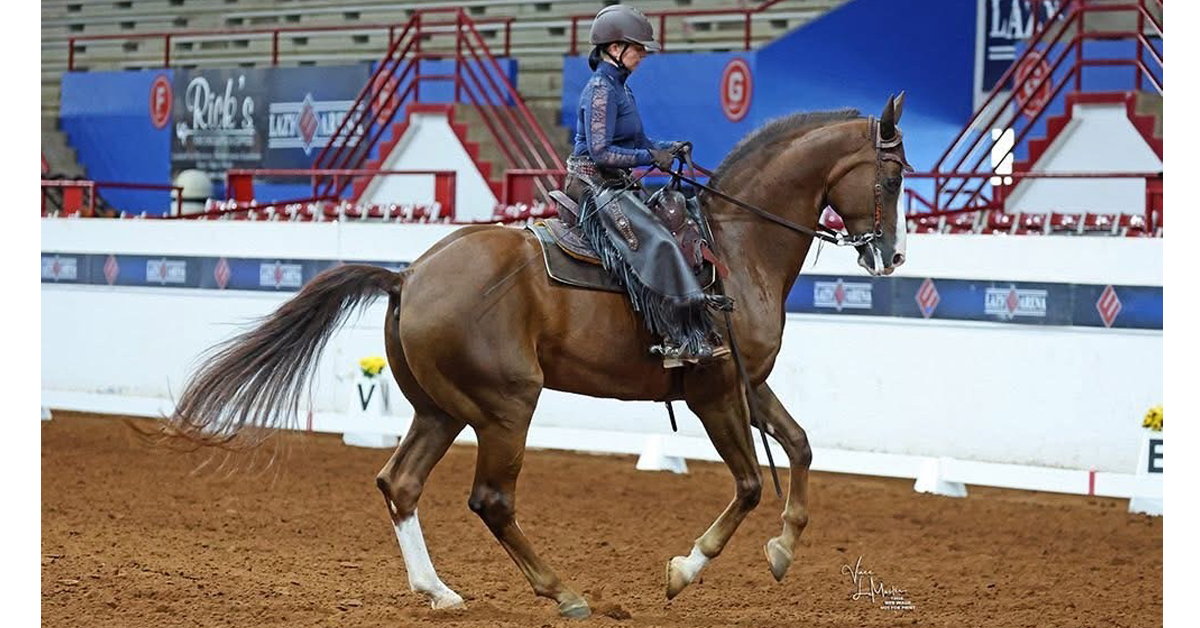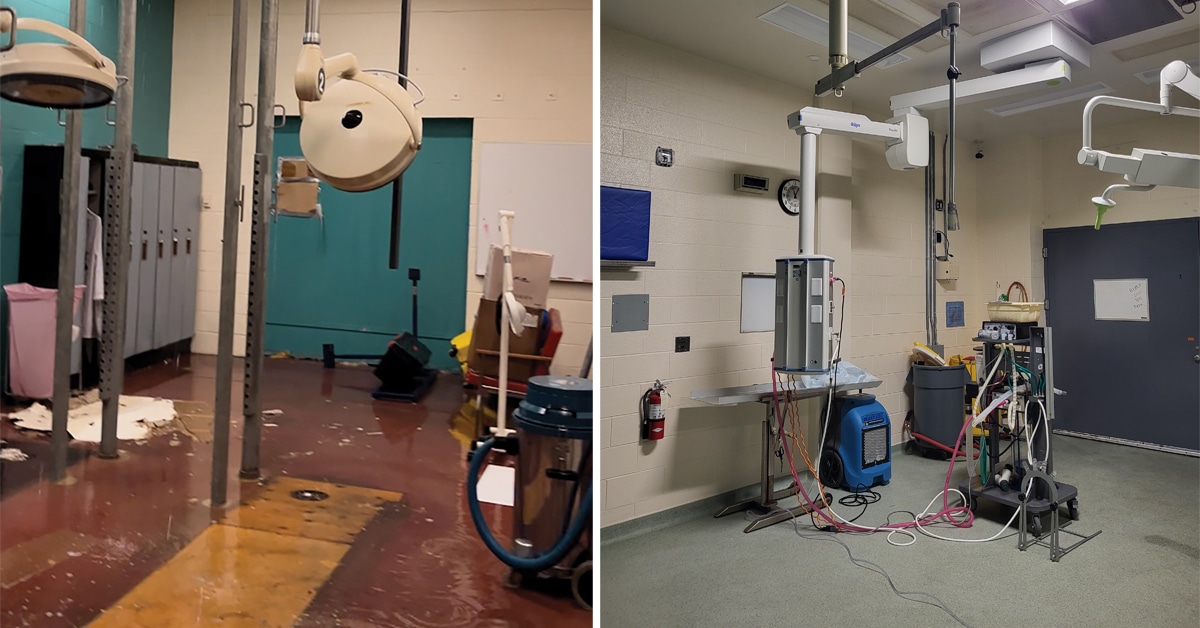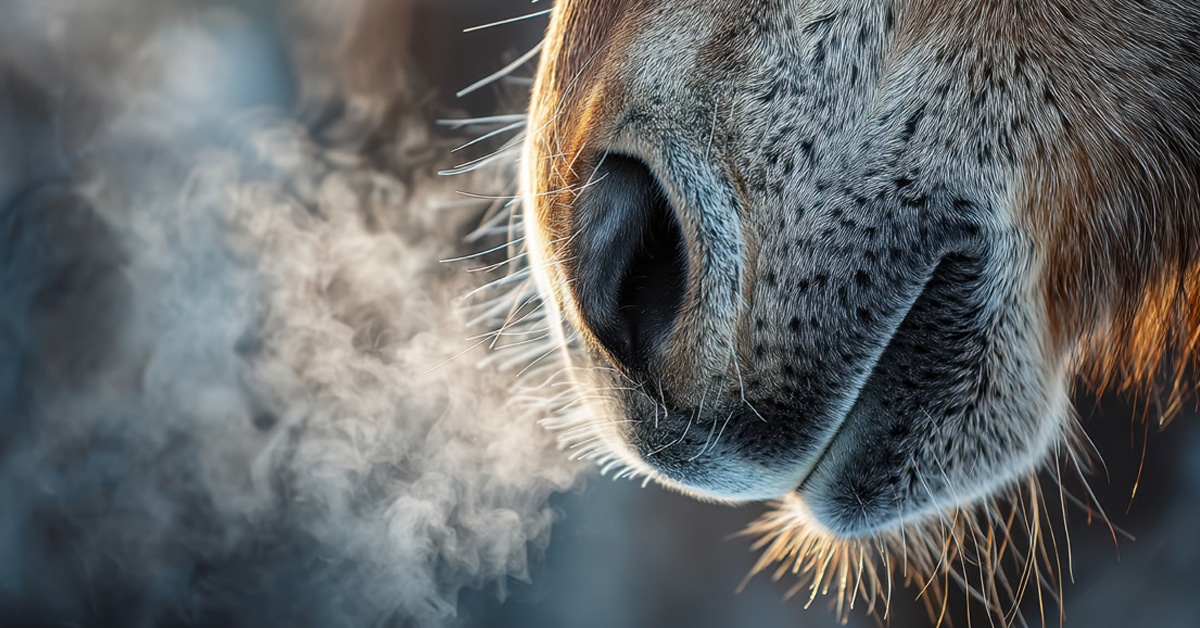Horse-related fatal accidents are often not examined for the purpose of developing safer future risk mitigation practice due to the belief that horses are simply ‘dangerous’ in general. Equestrian sport has an opportunity to learn important lessons relating to safer human-horse interactions from those who no longer have a voice. By drawing data from the investigation of horse-related human fatalities and participating in accident analysis, researchers hope to identify an intrinsic link between human safety and horse welfare, and the critical role the environment plays for risk management purposes.
This study conducted by Australian researchers Meredith Chapman, Kate Fenner and Matthew Thomas, analyzed data from the Australian National Coroners Information System (NCIS) relating to fatalities involving human-horse interactions that occurred between 2000 and 2020. The study centred on cases involving working and non-working equines (including horses, donkeys, mules etc) involved in accidents which were well-supported by police reports and coronial findings. A synopsis of their findings was presented at the 19th ISES Conference in New Zealand.
A total of 50 horse-related human fatalities were identified from the NCIS database. A detailed frequency analysis employed Human Factors Analysis and Classification System-Equestrianism (HFACS-Eq), a validated accident analysis model specifically designed for horse interactions. The aim of the study was to identify what could be learned and potentially done differently to prevent future fatalities. It revealed that:
- most fatalities involved falls (56%)
- the majority of fatal falls were the result of blunt force trauma (96%)
- the horse was listed as the causal factor in most cases (90%)
- fatalities that involved females (45.5%) were more frequently associated with unsafe human acts than the 17.9% fatalities that involved males
- the causal factor was more frequently associated with non-work-related fatalities (100%), compared to work-related fatalities (78.3%)
Finally, analysis highlighted the environment, surroundings, or location in which the human-horse dyad interacted as a critical causation factor. The human-horse dyad in equestrianism is complex and unique when compared to other high-risk work and non-work activities (level of training, environment, supervision, emotional and physical state of both horse and human, etc.). A better understanding of the risk factors involved in handling and riding horses, coupled with a model to help mitigate that risk, will set us on the path to a good life for horses because human safety and horse welfare are inextricably linked.
For more information, watch a ‘Bite-Sized Interview’ with researcher Meredith Chapman here.
~ with files from International Society for Equitation Science
The Latest









